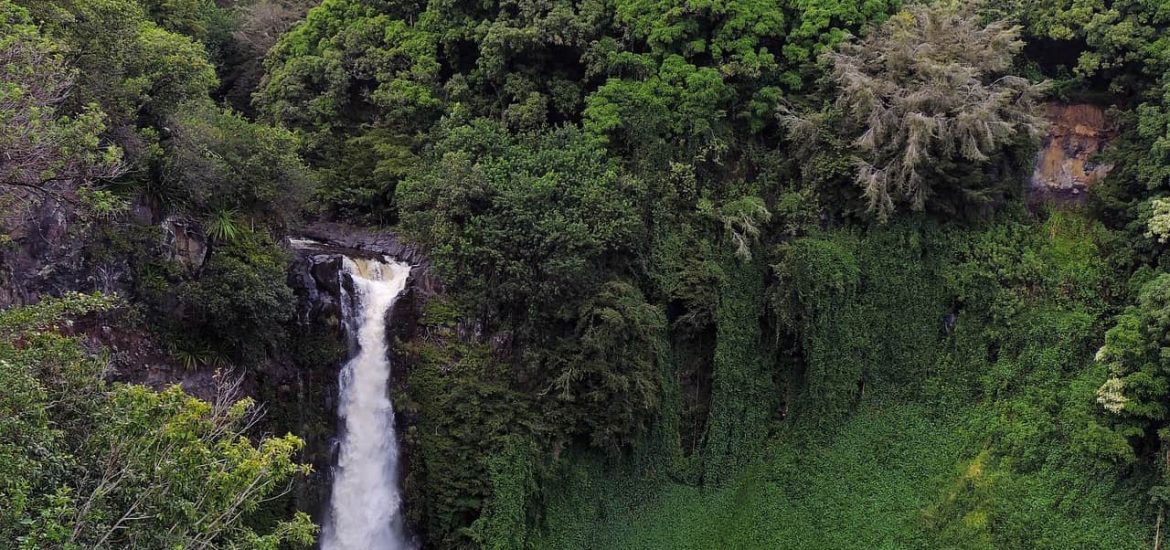Rainforest structure matters because it controls how animals access resources and escape predators.

Scientists are finally unravelling the mystery of rainforest canopies
The canopies of rainforests harbor most of the world’s species, yet we know more about the bottom of the ocean than thes biodiverse habitats over our heads.
Now scientists want to change that by help of Global Ecosystem Dynamics Investigation, a NASA space laser that has provided a detailed structure of the world’s rainforests for the first time ever.
Most of the world’s species live in tropical forests and most of those make use of the canopy and yet we know so little,” says Christopher Doughty, professor at Northern Arisona University’s School of Informatics, Computing, and Cyber Systems.
“Rainforest structure matters because it controls how animals access resources and escape predators, and these findings will help us understand tropical forest animal’s susceptibility to climate change.”
Previously, scientists categorized the lush flora of rainforests into forest layers: a thick upper crown and a thick mid-layer with a thin layer in between. However, this applied only in a few well-studied locations while most tropical forests remained unexplored in this respect.
This is now changing.
“A key difference between GEDI and many other satellites is its measurement of three-dimensional canopy structure,” explains Hao Tang, professor at the Department of Geography at the National University of Singapore (NUS).
“Conventional satellites, while providing valuable data on land cover and canopy greenness, often lack the detailed vertical information offered by GEDI. This vertical information is crucial for understanding ecosystem dynamics, carbon storage and biodiversity that cannot be easily seen from typical satellite images,” Tang adds.
GEDI shoots an invisible laser from the International Space Station into Earth’s forests thousands of times a day. By doing so it can provide a detailed 3D map that shows where the leaves and branches are in a forest and how they change over time. This will help researchers understand the amounts of biomass and carbon forests store and how much they lose when disturbed.
The scientists analyzed GEDI data across all tropical forests and found that the structure was simpler and more exposed to sunlight than previously thought.
“Data also revealed that most tropical forests (80 percent of the Amazon and 70 percent of Southeast Asia and the Congo Basin) have a peak in the number of leaves at 15 meters instead of at the canopy top, debunking the fullest-at-the-top theory of early researchers,” they explain in a study.
“While forests vary, a key finding that seemed to remain constant in every scenario was that deviation from more ideal conditions (like lower fertility or higher temperatures) leads to shorter, less stratified forests with lower biomass,” they comment.
“It was really surprising to see the dominance of this structure type because it differs from what we had learned in the classic textbooks on the topic,” Doughty says.
“These finding will not only help us understand how the millions of species that live in a rainforest canopy might acclimate to changing temperatures, but also how much carbon these forests hold and how good they are at fighting climate change.








